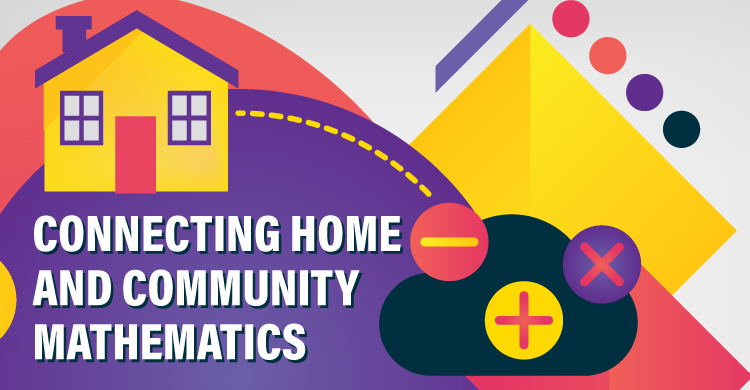The Importance of Pedagogical Content Knowledge in Connecting Home and Community Mathematics
Consider a day in your life. From the moment you wake up in the morning
Read More

Consider a day in your life. From the moment you wake up in the morning
Read More